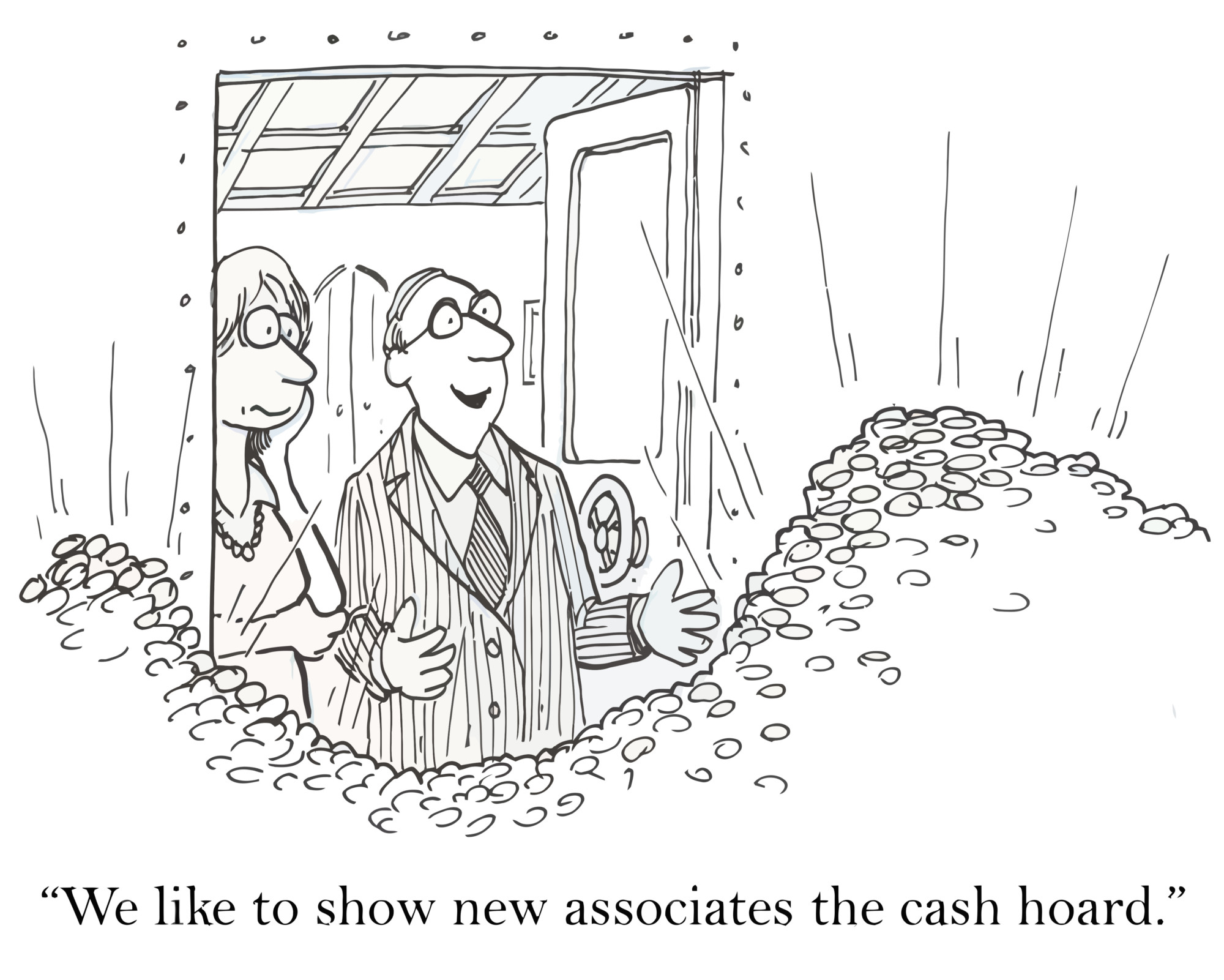Table of Contents Show
A condo of co-op financial statement provides a unique insight into the building’s health and even gives a peek into the future. It lets you know if the building is well run or if any problems could call for an assessment raising your monthly maintenance or common charge.
Your lawyer will go through the financials, but it is good for you to have some basic knowledge, too. Therefore, we provide key areas to probe for you to uncover these critical clues.
The accountant’s letterThe accountant’s letter
This is an easy place to start. It is right at the front of the financial statements, and you are merely looking for a specific language. You are reading to ensure the accountant states they presented the financial information fairly. Any qualifying language is a red flag.
The building is not required to audit its financial statements independently. Given the expense involved, many small buildings forgo an audit, and you should not misinterpret it. However, more significant buildings typically undergo a review, and a lack of one is a potential warning sign.
Moving on to the balance sheetMoving on to the balance sheet
The balance sheet is typically the first financial statement shown, and there are critical items for your check. Cash is king, and you want to see a sufficient amount. It helps offset the expense when the board needs to order significant repairs, mitigating the need for a special assessment, borrowing the funds, or raising maintenance/common charges. It can also help protect shareholders/unit owners if the building hits hard times.
Accounts payable is the amount the building owes for its regular bills, such as suppliers. A considerable balance could indicate the building is having trouble paying its ordinary operating expenses.
Before moving on from the balance sheet, you should note the debt balance. While the building may have a mortgage, you want to ensure there is no excessive borrowing to fund other items, such as regular operating expenses. Again, the notes provide additional insight.
The income statementThe income statement
Unlike a for-profit company, aco-op or condo should not produce a large net income. Ideally, the board seeks to raise revenue to pay its operating expenses and have some leftovers for a rainy day. Otherwise, they are charging residents more than necessary to fund the building.
However, it is essential to understand the sources of revenue. Unit owners generally provide a stable and reliable amount, but there are other revenue generators that you need to investigate. For example, commercial tenants who give an excessive amount should raise your concern since a departure could hurt the building’s revenue and cash flow, which places a higher burden on the unit owners. It is particularly troubling if one or two larger commercial tenants are responsible for a lot of revenue.
Turning to the building’s expenses, you would like to see it split roughly between mortgage payments, property taxes, payroll, and other operating expenses.
The cash flow statement is divided into three sections. These are the cash flow from operations, investing cash flow, and financing activities. Ideally, you do not want to see an operating cash flow deficiency funded by financing activities, namely borrowing.
The notesThe notes
The financial statement’s notes are where the details reside. You are looking for unique items, such as litigation—the area where you can find out more about the building’s debt. For instance, if the building has more than one mortgage, this is a sign the board is taking on excessive borrowing and not correctly managing the building’s financial statement.

